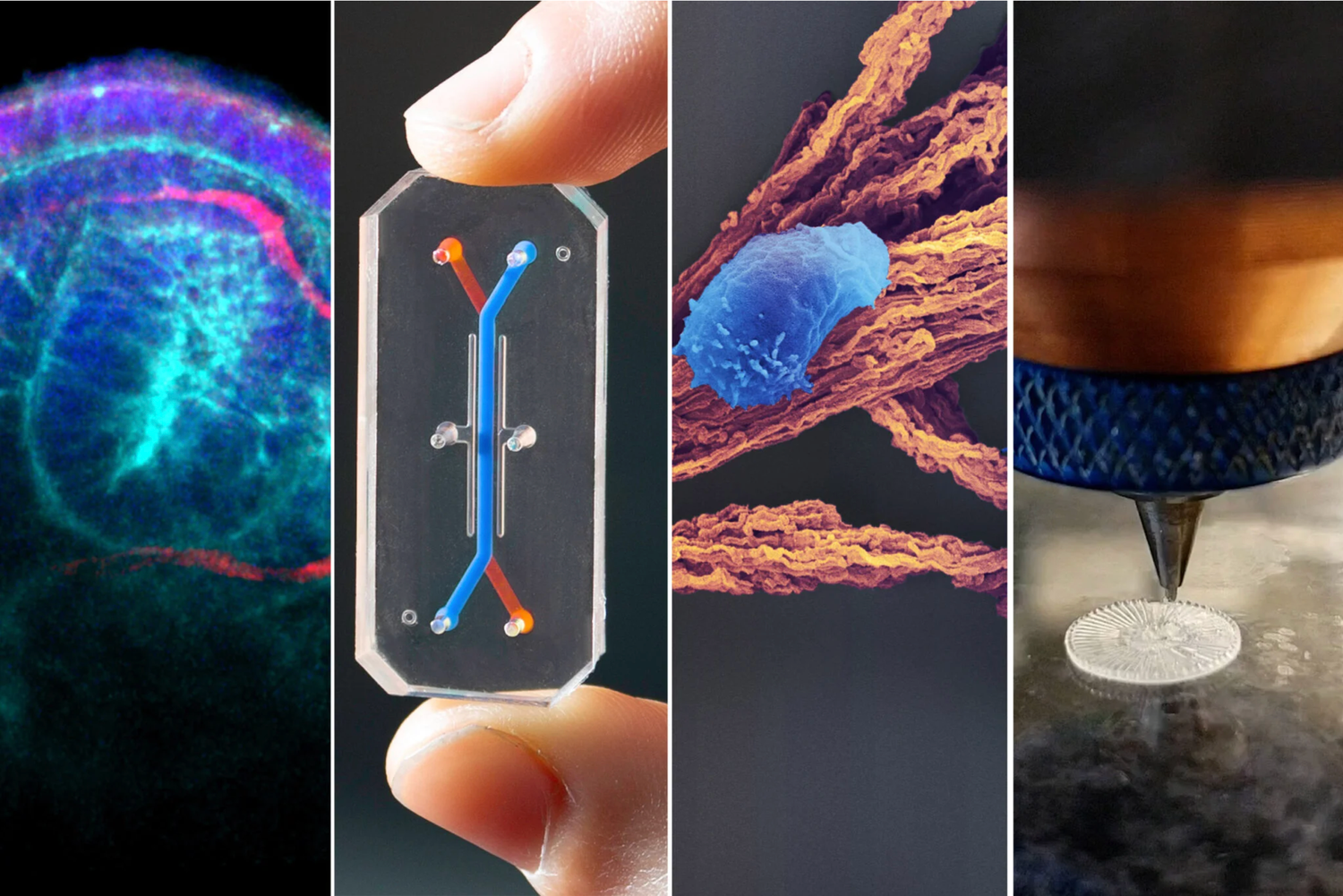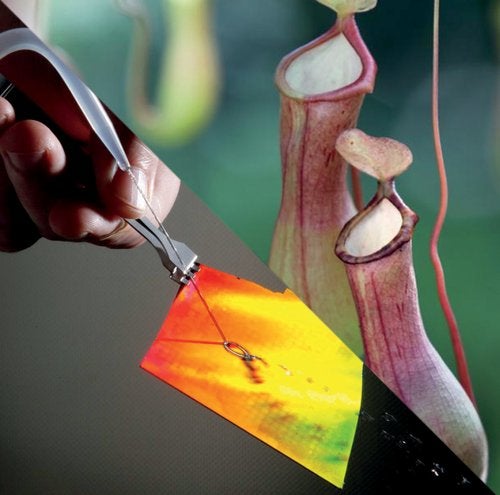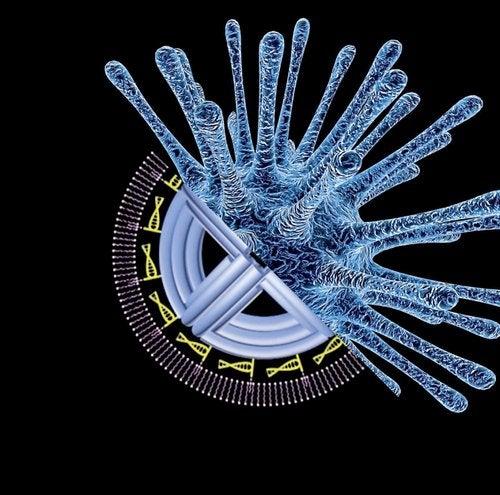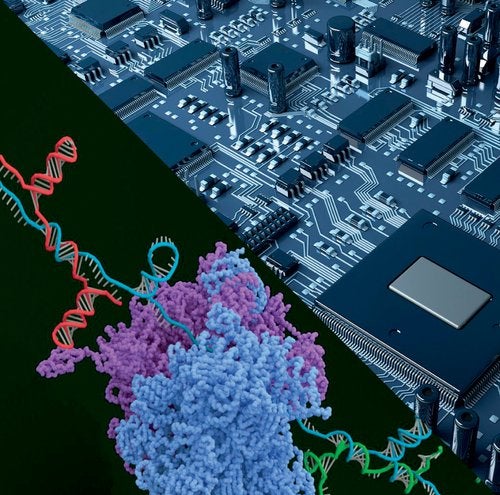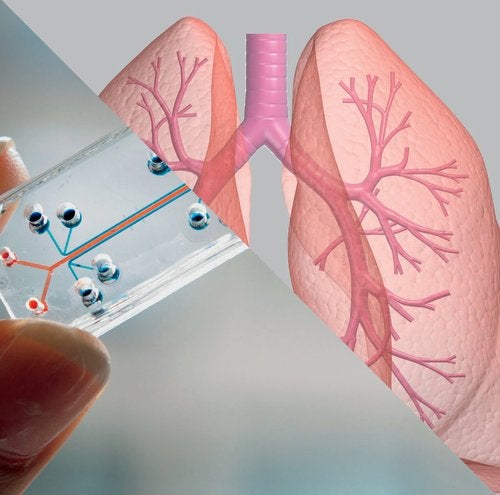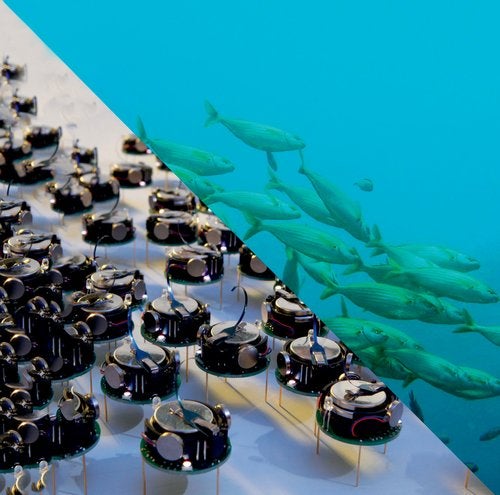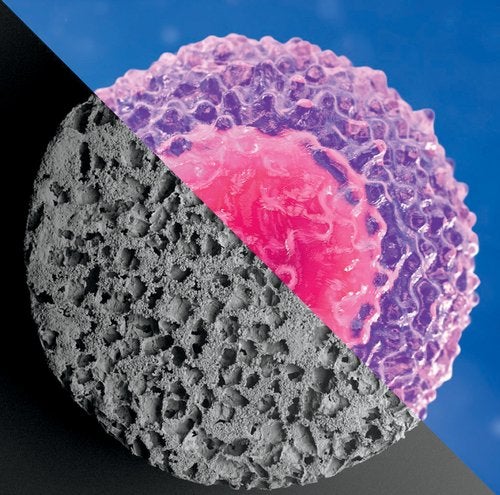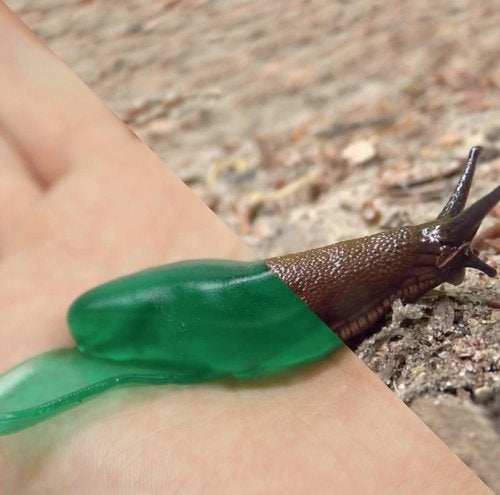Powerful gel adhesives that can heal a wound in almost any part of the body. Eco-friendly air conditioners that work without the use of synthetic refrigerants. Lightweight, wearable robotic devices that help people regain lost mobility. These are just a few of the numerous life-changing technologies that have been developed by the Wyss Institute for Biologically Inspired Engineering at Harvard University.
The vision of Swiss entrepreneur and philanthropist Hansjörg Wyss MBA ’65, the interdisciplinary Wyss Institute brings together researchers from diverse fields who work alongside industry professionals to create innovative solutions—inspired by nature—to address major challenges in health care and sustainability.
Wyss’s recent $350 million gift is his fourth to the Wyss Institute, building on a founding gift of $125 million in 2009 and subsequent gifts of $125 million in 2013 and $131 million in 2019. His continued support has helped enable almost 4,000 patent filings, more than 100 licensing agreements, and 55 startups, as well as numerous industry collaborations.
“Since its founding thirteen years ago, the Wyss Institute has been devoted to breaking down silos within and between academia and industry,” says Lawrence S. Bacow JD ’76, MPP ’76, PhD ’78, president of Harvard University. “That aspiration, expressed passionately and persistently by Hansjörg Wyss, has yielded a unique model of collaborative and cross-disciplinary research, as well as disruptive innovations that are improving and saving lives.”
Devoted to preserving the natural world, helping society’s most vulnerable people, and facilitating medical and scientific discoveries through his philanthropy, Wyss is one of Harvard’s most generous supporters and a longtime contributor to many other corners of the University, including Harvard Business School, Harvard Medical School, and the Harvard Art Museums.
“I have been tremendously proud to watch the Wyss Institute grow into the remarkable engine for innovation and entrepreneurship that it has become today,” says Wyss. “I hope others will join me in helping to build this incredible enterprise and expand its impact even further in the years to come.”

